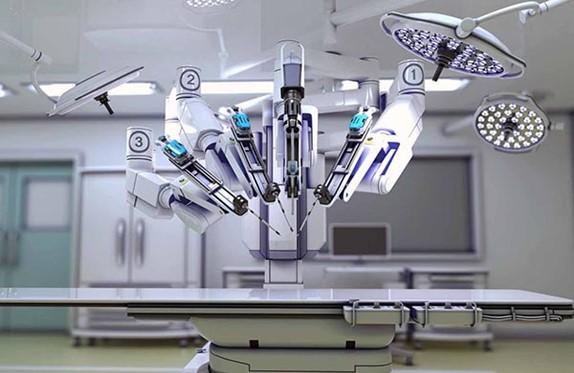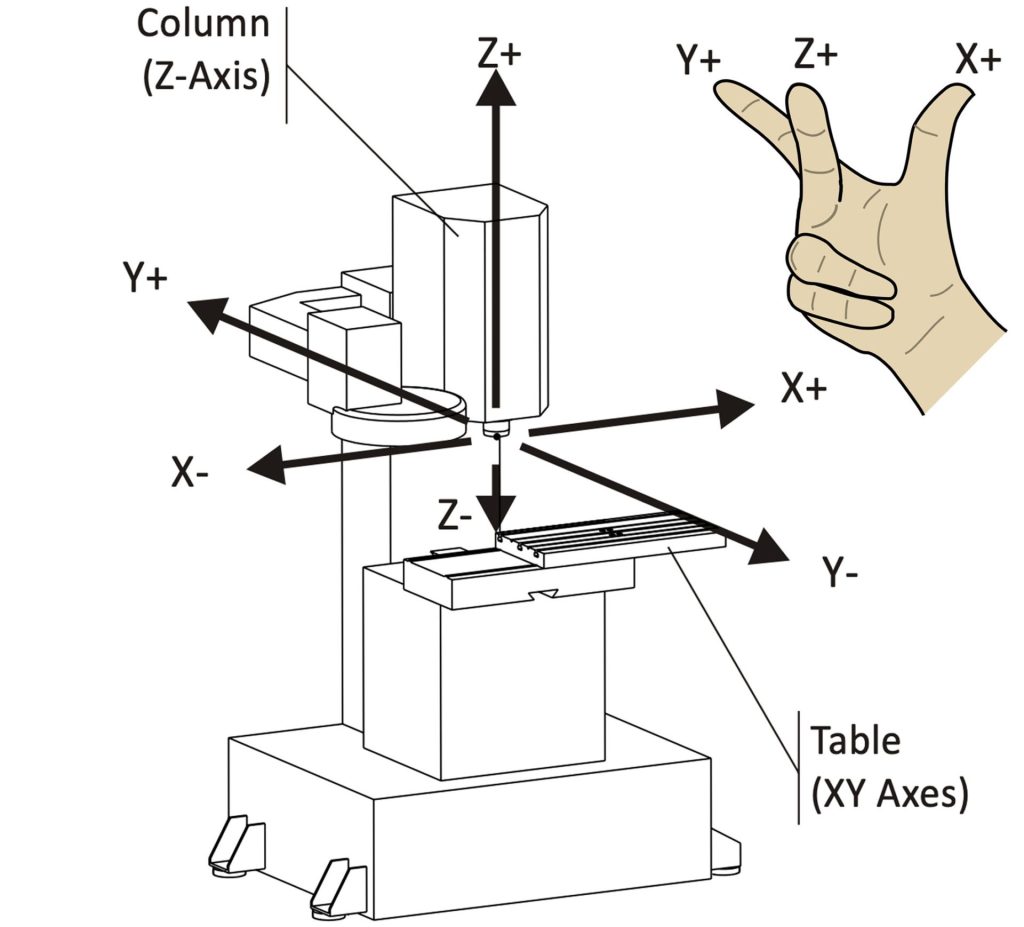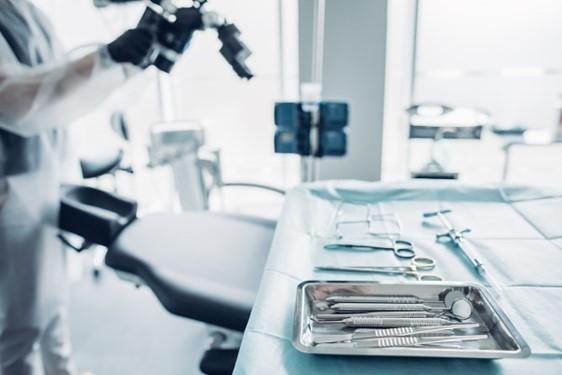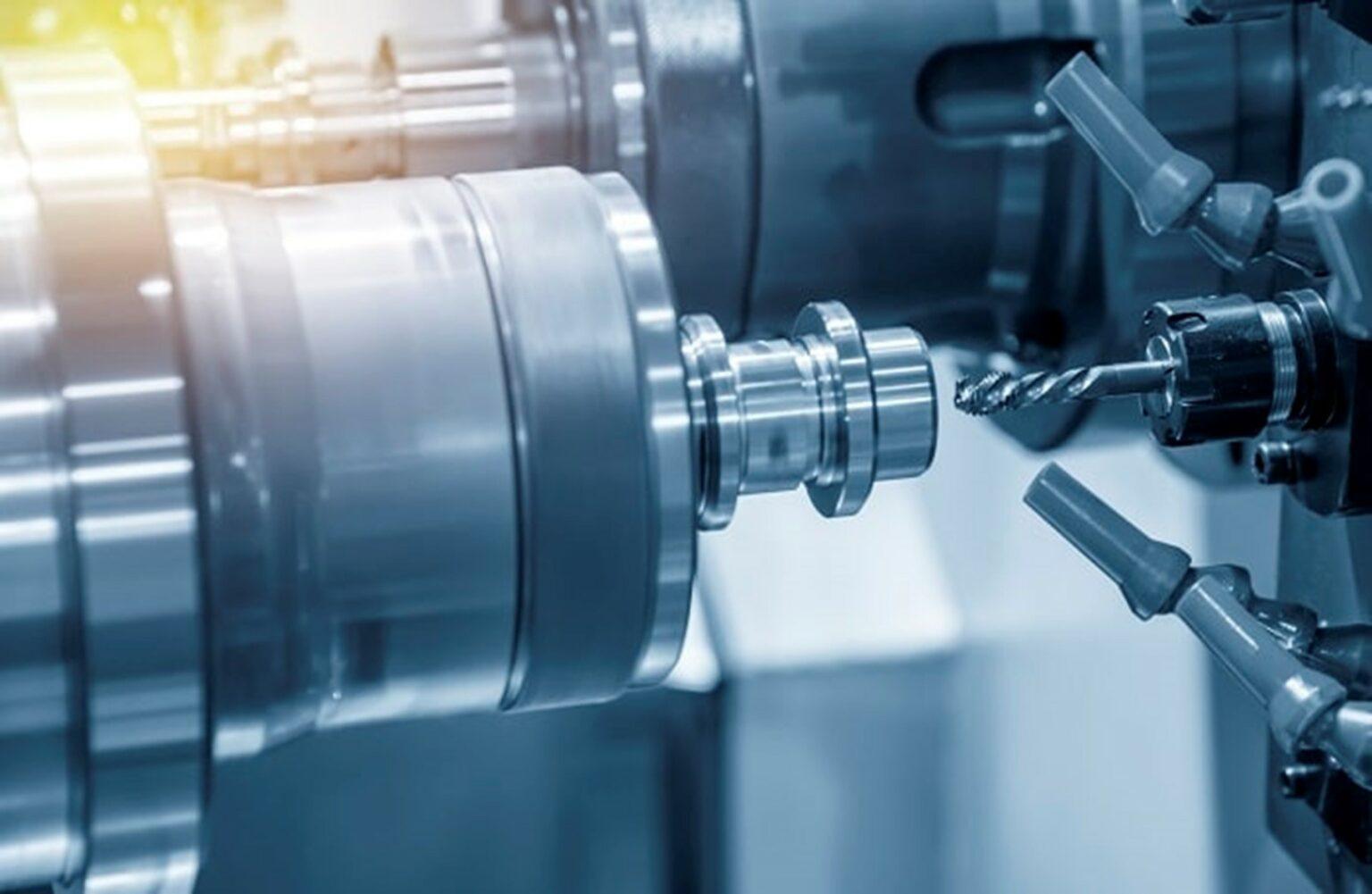
Computer Numerical Control (CNC) is a technology that revolutionized the field of mechanical engineering. It involves the use of computerized systems to control and operate machine tools, ensuring precision and efficiency in manufacturing processes. In medical engineering, CNC plays a crucial role in producing complex and high-quality medical devices, implants, and prosthetics. Its significance lies in its ability to automate and streamline manufacturing processes, resulting in enhanced productivity, accuracy, and cost-effectiveness. In the medical field, CNC finds applications in various areas, including machining operations, prototyping, and personalized medical device manufacturing.
The roots of CNC technology can be traced back to the mid-20th century when the first computer-controlled machines were developed. These early systems paved the way for the integration of computers and machine tools, enabling precise and repetitive manufacturing processes. Over the years, CNC has evolved significantly, incorporating advanced features and capabilities.
Advancements in electronics, computing power, and software have propelled the evolution of CNC systems. Modern CNC machines boast advanced motion control systems, high-speed machining capabilities, and sophisticated programming interfaces. The integration of sensors and feedback mechanisms ensures real-time monitoring and adjustments, further enhancing the performance and reliability of CNC systems.
CNC machines come in various forms, each tailored for specific machining operations. Some common types include CNC lathes, milling machines, and drilling machines. These machines utilize computer-controlled movements to shape and transform raw materials into intricate components.
The CNC controller acts as the brain of the system, interpreting the instructions and driving the machine tool's movements. It receives commands from the operator or the CAD/CAM software and translates them into precise motions along multiple axes. The controller ensures synchronization and coordination between different machine components.
CAD (Computer-Aided Design) and CAM (Computer-Aided Manufacturing) software are essential in CNC programming. CAD software enables engineers to design 3D models of the desired components, while CAM software generates the toolpaths and G-code instructions necessary for machining. These software tools play a vital role in translating design concepts into physical products.
Cutting tools are integral to CNC machining operations. Different types of tools, such as end mills, drills, and inserts, are used for specific tasks, including milling, drilling, and turning. Tool holders secure these cutting tools and enable quick tool changes, allowing for versatile and efficient machining operations.
CNC machines utilize Cartesian coordinate systems to define the positions and movements of the cutting tools. The X, Y, and Z axes represent the three dimensions of movement, allowing for precise positioning and machining. The machine zero point serves as the reference position from which all other coordinates are determined.

The motion control system of CNC machines governs the movement of the axes. Servo motors, driven by feedback systems, enable precise and dynamic control over the position, velocity, and acceleration of the machine components. This closed-loop system ensures accurate and smooth motion during machining operations.
G-code is a standardized programming language used to communicate instructions to CNC machines. It consists of a series of commands that specify the tool's movements, feed rates, spindle speeds, and other machining parameters. By writing and inputting G-code instructions, operators can program the desired toolpaths and machining operations with precision.
One of the significant advantages of CNC in medical engineering is the unparalleled precision and accuracy it offers. CNC machines can execute complex movements with micron-level precision, resulting in components and medical devices that meet strict quality standards. The elimination of human error and the ability to repeat processes consistently contribute to the high level of precision achieved by CNC technology.
CNC technology brings unparalleled efficiency and productivity to mechanical engineering processes. Automation eliminates the need for manual intervention in machining operations, reducing the risk of errors and increasing overall productivity. CNC machines can operate continuously, working on multiple parts simultaneously and completing tasks in a fraction of the time it would take manually.
CNC machines excel at machining complex and intricate designs that would be challenging or impossible to achieve manually. With the ability to move along multiple axes simultaneously, CNC machines can create intricate geometries, contours, and patterns with precision. This capability is particularly valuable in medical engineering, where intricate medical devices and implants often require precise machining.
In mass production scenarios, CNC technology shines in its ability to perform repetitive manufacturing tasks accurately and consistently. Once a CNC program is created, it can be reused to manufacture identical components with minimal variation. This not only ensures consistency in product quality but also enables cost-effective production in large volumes, making CNC an invaluable tool for medical device manufacturers.

CNC machines find extensive application in various machining operations. Turning, milling, drilling, and grinding are among the primary processes performed by CNC machines. These operations are vital in the production of medical components, such as orthopedic implants, surgical instruments, and dental prosthetics, where precise dimensions and surface finishes are critical.
CNC technology facilitates rapid prototyping, allowing engineers to quickly transform design concepts into physical prototypes. By utilizing CAD/CAM software, designers can create 3D models and convert them into CNC programs for machining. This expedites the product development cycle, enabling iterative improvements and faster time-to-market for medical devices and equipment.
The aerospace and automotive industries heavily rely on CNC technology for the production of critical components and parts. CNC machining ensures the precise manufacturing of engine parts, turbine blades, aerospace structural components, and automotive chassis. The high accuracy and repeatability of CNC machines contribute to the safety, reliability, and performance of these complex systems.
CNC technology plays a pivotal role in the manufacturing of medical devices, implants, and prosthetics. It enables the production of intricately shaped components with precise tolerances, ensuring a perfect fit and functionality. CNC machines are used in fabricating joint replacements, dental implants, surgical tools, and various medical equipment that demand exceptional quality and precision.
The customization and personalization capabilities of CNC machines are highly valued in medical engineering. Each patient's anatomy and requirements may differ, and CNC technology allows for the production of bespoke medical devices tailored to individual patients. Customized implants, prosthetics and orthotics can be manufactured using CNC machines, ensuring a perfect fit and optimal patient outcomes. This customization capability enhances patient comfort, improves treatment effectiveness, and contributes to the overall advancement of medical engineering.

While CNC technology offers numerous benefits, it is not without its limitations. One challenge is the initial cost of acquiring CNC machines, which can be significant. Additionally, CNC programming requires specialized skills and knowledge, necessitating training for operators and programmers. Furthermore, the complexity of some designs may pose machining challenges, requiring advanced strategies and tooling.
Additive manufacturing, commonly known as 3D printing, is an emerging technology that complements CNC machining. By combining the strengths of CNC and additive manufacturing, engineers can create complex geometries and integrate multiple materials into a single component. This hybrid approach opens up new possibilities for medical engineering, such as customized implants with porous structures for enhanced osseointegration.
The future of CNC lies in the integration of artificial intelligence (AI) and machine learning technologies. AI algorithms can optimize machining parameters, predict tool wear, and detect anomalies in real-time, improving efficiency and reducing downtime. Machine learning can analyze vast amounts of machining data to identify patterns and optimize machining strategies, leading to continuous process improvement and increased productivity.
CNC technology has significantly contributed to the advancement of mechanical engineering, enabling the production of highly intricate and precise components. Its impact in medical engineering is particularly noteworthy, as CNC plays a pivotal role in manufacturing life-saving medical devices, implants, and prosthetics.
Looking ahead, CNC technology continues to evolve and embrace emerging trends. Overcoming challenges, such as initial costs and programming complexities, will unlock new opportunities for its adoption. The integration of additive manufacturing and the incorporation of AI and machine learning will drive further advancements, empowering engineers to push the boundaries of medical engineering and deliver innovative solutions that improve patient care and well-being.
By harnessing the power of CNC technology, the field of medical engineering is poised for remarkable growth and transformative breakthroughs in the years to come.